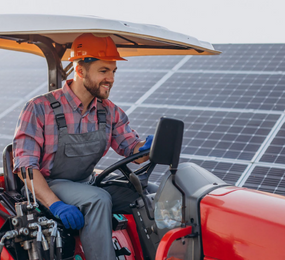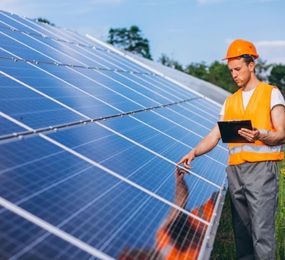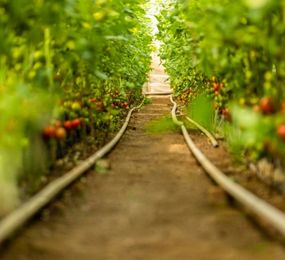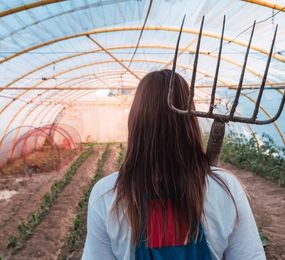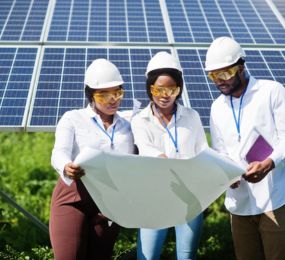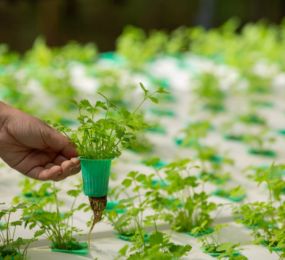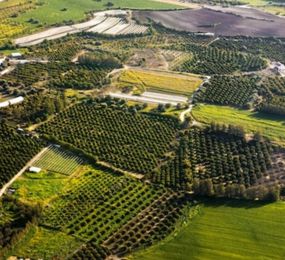Agrivoltaics, the simultaneous use of land for both solar energy generation and agricultural production, presents a compelling solution for maximizing land use efficiency and addressing pressing global challenges.
By integrating these two critical sectors, Agrivoltaics offers a sustainable and innovative approach to land management.
- Dual-Use Efficiency: Traditional agriculture and solar energy development often compete for valuable land resources. Agrivoltaics overcomes this challenge by utilizing the same land for both purposes. This dual-use approach optimizes land utilization, minimizing the need for land conversion and preserving natural ecosystems.
- Resource Conservation: By integrating solar panels into agricultural landscapes, Agrivoltaics can contribute to water conservation. The shade provided by the panels can reduce water evaporation from the soil, while the controlled microclimate can enhance water use efficiency for crops.
- Climate Change Mitigation: By generating clean energy and reducing the need for land conversion, Agrivoltaics contributes to climate change mitigation. This integrated approach helps to reduce greenhouse gas emissions and mitigate the impacts of climate change on both agriculture and the environment.
- Enhanced Food Security: Agrivoltaics can contribute to enhanced food security by optimizing land use for both food production and renewable energy generation. This can help ensure a stable and sustainable food supply while addressing the growing global demand for energy.
Agrivoltaics exemplifies a sustainable approach to land use that maximizes resource efficiency and minimizes environmental impact. By embracing this innovative technology, we can create a future where energy production and agriculture coexist harmoniously, contributing to a more sustainable and resilient world.
Register today and join us in advancing the future of renewable energy and agriculture: https://bit.ly/3DU2FI2.
For more information and group participation, contact us: [email protected]


